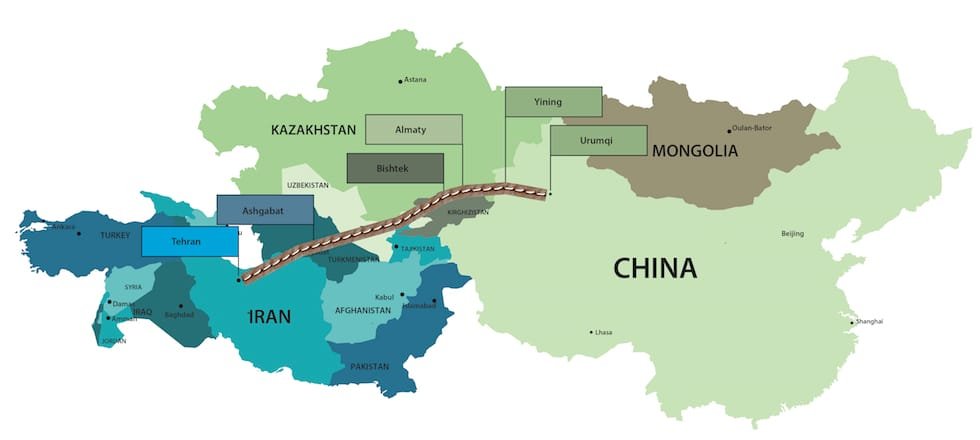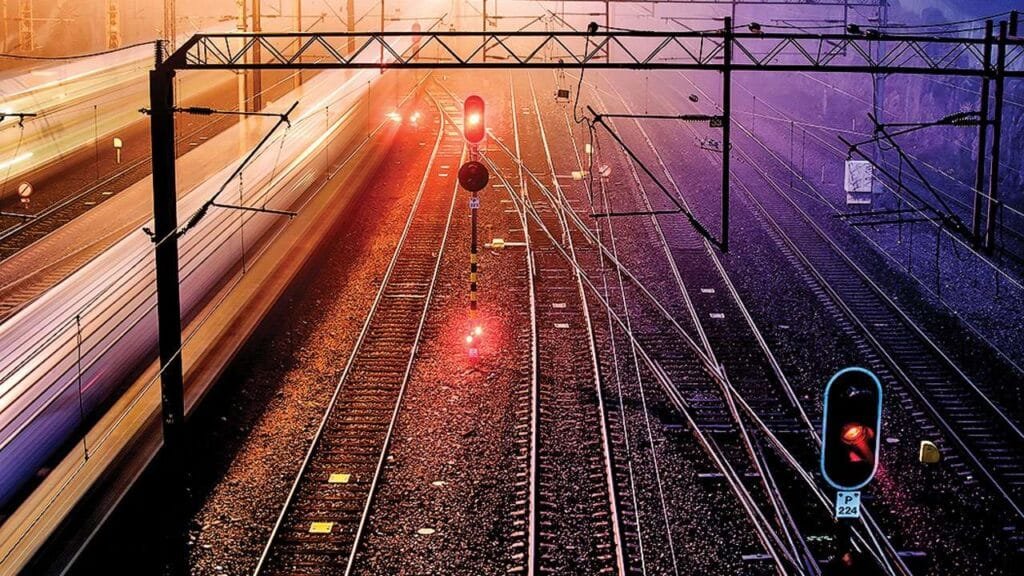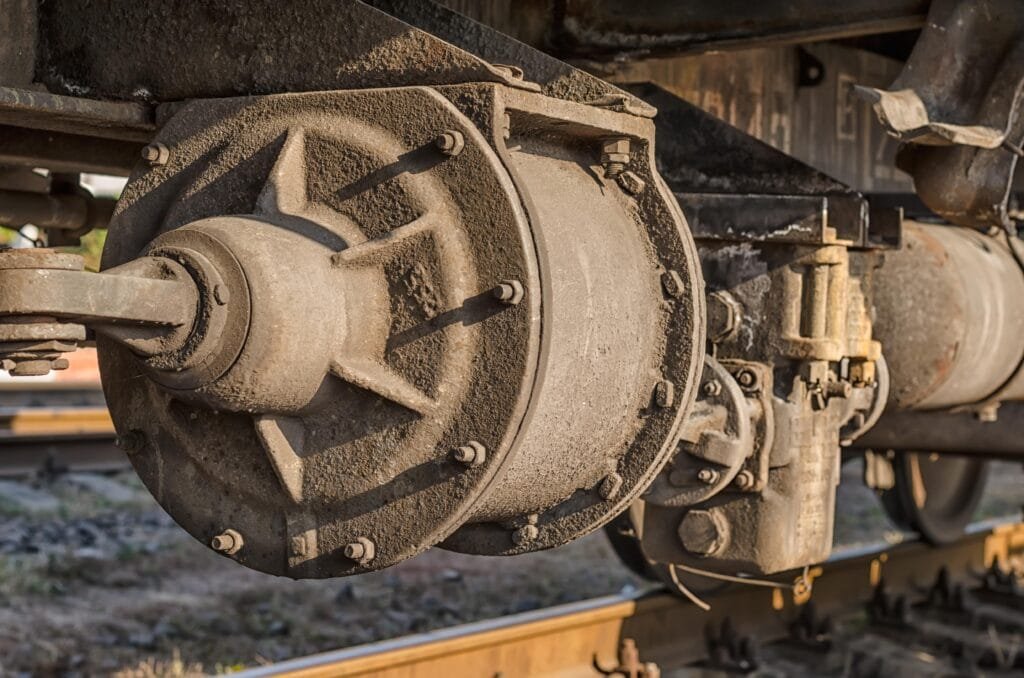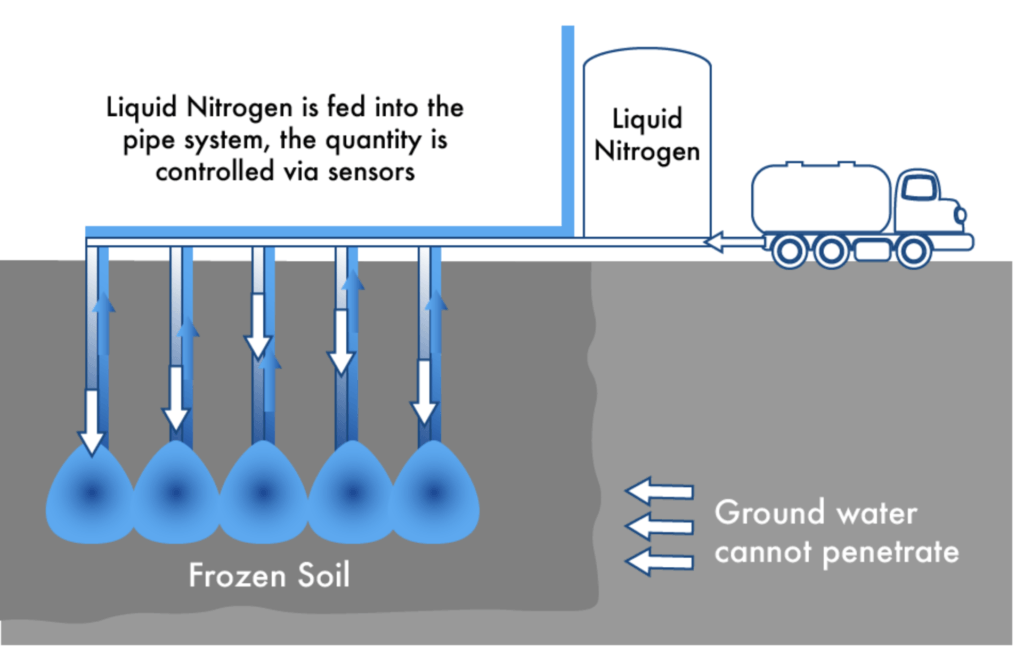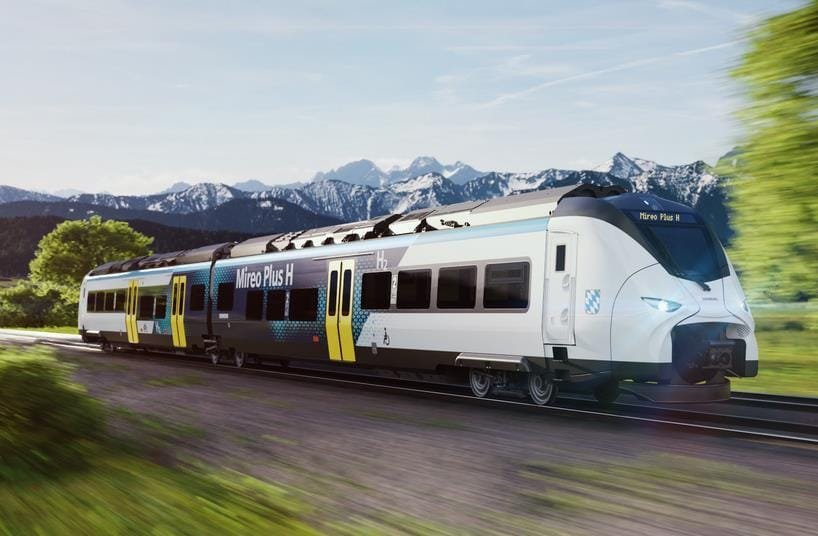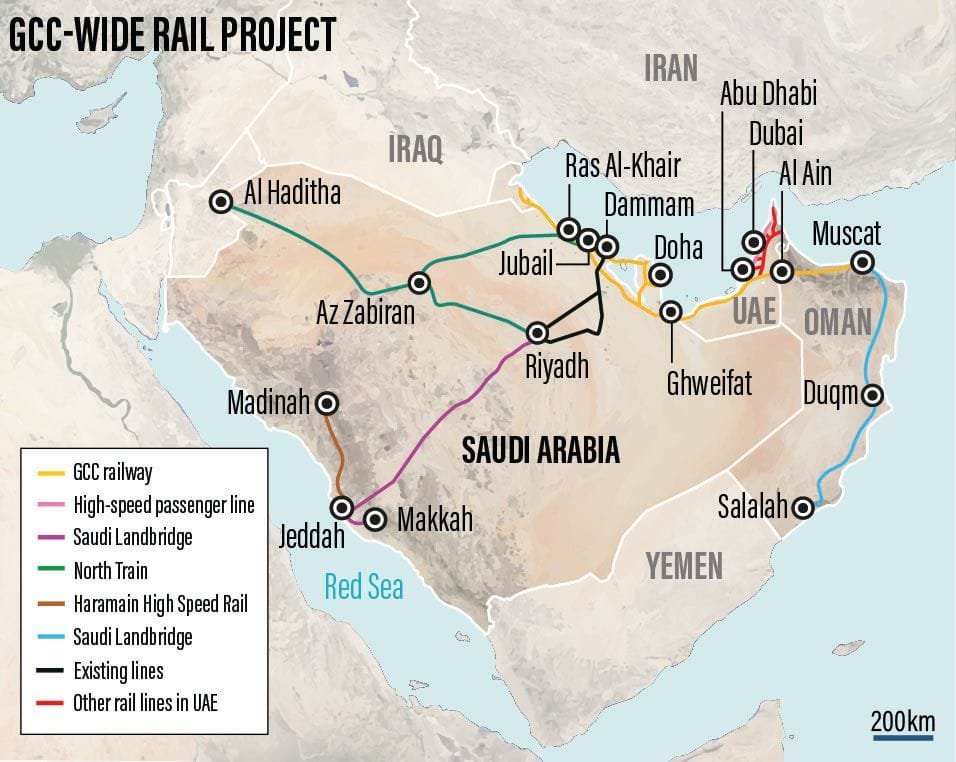While much of the world remains fixated on the Israeli–Palestinian conflict, Iran’s nuclear ambitions, or the looming threat of terrorism, believing these to be the root causes of yet another Middle Eastern escalation, something quieter — and perhaps far more decisive — is unfolding in the background.
As Oscar Wilde once wrote, “The truth is rarely pure and never simple.” And nowhere does this feel truer than in the shifting alliances, railways, and energy flows of today’s world. Because only by reading the global chessboard through the lens of logistics — by following the routes, not the rhetoric — can we begin to understand what’s really at stake.
On June 22, 2025, the United States launched coordinated airstrikes against three Iranian nuclear sites: Fordow, Natanz, and Isfahan. Stealth bombers, satellite precision, and statements about international security followed swiftly. Iran responded with missile attacks against Israeli military positions and declared diplomacy “no longer viable.” The headlines spoke of red lines, uranium enrichment, and regional deterrence.
But just beneath that surface — beneath the military spectacle — another map was being redrawn. A map not of borders, but of corridors. And not of soldiers, but of supply chains.
Just a few days earlier, on May 25, 2025, the first freight train from Xi’an, China, had arrived in Tehran. It was a milestone moment: the journey, once taking up to 40 days by sea, had been reduced to just over two weeks. The rail route snaked through Kazakhstan and Turkmenistan, bypassing the Strait of Malacca and the Suez Canal — and critically, bypassing Western-controlled maritime lanes.
That train wasn’t just carrying goods. It was carrying a message.
It was a concrete manifestation of the growing Sino-Iranian axis, part of Beijing’s broader Belt and Road Initiative. Iran, long sanctioned and politically isolated, had quietly become the linchpin of a new overland corridor connecting China to the Mediterranean. Its geography — once a strategic vulnerability — was now its greatest asset. And just days after the project’s symbolic inauguration, Iran was bombed.
Coincidence? Perhaps. Or perhaps not. Officially, the strikes were about nuclear deterrence. Unofficially, the timing is difficult to overlook. As former Italian prime minister Giulio Andreotti once remarked: “Thinking ill of others is a sin — but often, you’re right.”
And if we allow ourselves even a modest dose of geopolitical suspicion, a deeper story begins to take shape: one in which what’s being targeted is not just nuclear capacity, but an emerging network of economic autonomy — a corridor of influence that no longer runs through Washington, Brussels, or Tel Aviv.
Indeed, Iran is no longer merely a “problem” to be managed. It is becoming a logistics hub — a critical bridge between East and West. Beyond the China–Iran railway, the country is also at the center of the International North–South Transport Corridor (INSTC), which links India and Russia by land and sea. Meanwhile, India continues to invest in the development of Chabahar Port and the inland railway to Zahedan, enabling trade access to Central Asia while bypassing Pakistan.
All of these routes — rail, road, sea — converge in one geography: Iran’s.
But if the East is building, the West is counterbalancing. In 2023, at the G20 Summit, the India–Middle East–Europe Economic Corridor (IMEC) was announced as a rival vision. Backed by the U.S., EU, India, the UAE, and Saudi Arabia, IMEC envisions a multi-modal corridor linking Mumbai to Europe via the Gulf and Israel, intentionally circumventing Iran and Turkey. A logistical plan on paper, it is in practice a geopolitical answer to China’s continental ambitions.
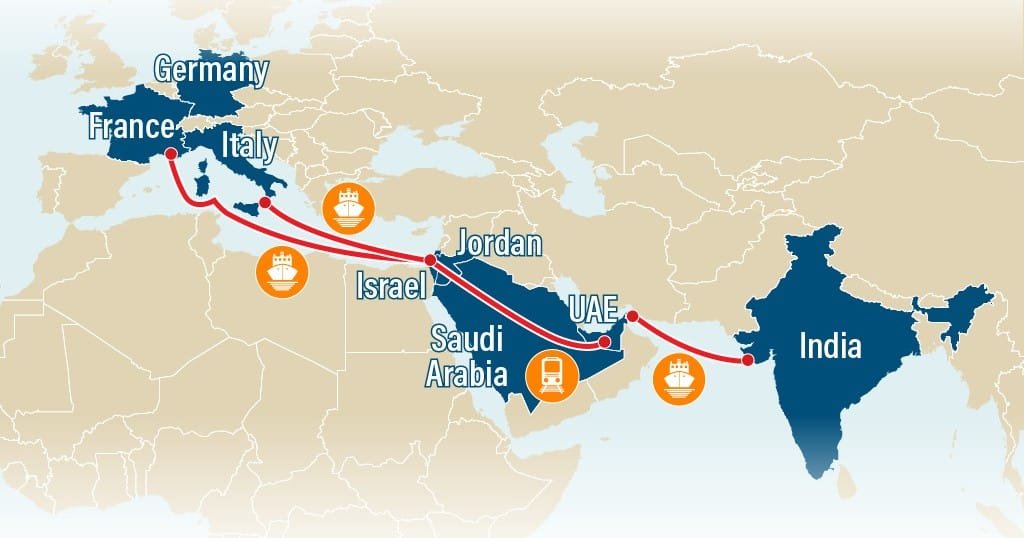
Thus, the real conflict is not only ideological or nuclear. It’s about routes of power. About who gets to move goods across continents — and who gets to decide when and how they stop.
Isfahan and Natanz aren’t just nuclear facilities. They are also located near critical infrastructure, railways, and transit corridors. Bombing them disrupts more than uranium enrichment: it sends a message to those reconfiguring the global map without Western permission.
In today’s world, logistics is no longer a background issue. It’s the front line. Corridors are no longer passive channels of trade — they are levers of influence. Whoever builds and controls them doesn’t just deliver goods: they shape dependencies, alliances, and the structure of global power itself.
Looking closely at the figure below, one might begin to question the deeper geography of today’s conflicts. Perhaps it is not a coincidence that the two most geopolitically resonant confrontations of our time — the war in Ukraine and the crisis in Gaza — are unfolding in close proximity to the main corridors connecting China to Europe.
As the image illustrates, both conflicts lie near critical junctures of Eurasian connectivity: the northern corridor passing through Russia, and the middle corridor spanning Central Asia, the Caucasus, and the Eastern Mediterranean. These are not just lines on a map; they represent arteries of influence — channels through which goods, data, and power now flow.
In a world where dominance is increasingly exercised not through conquests but through corridors, one must ask whether these wars are shaped, at least in part, by the infrastructural realignments taking place around them. Media narratives may dwell on ideology and diplomacy, but behind the scenes, it is access to ports, pipelines, and railway hubs that often determines strategic priorities.
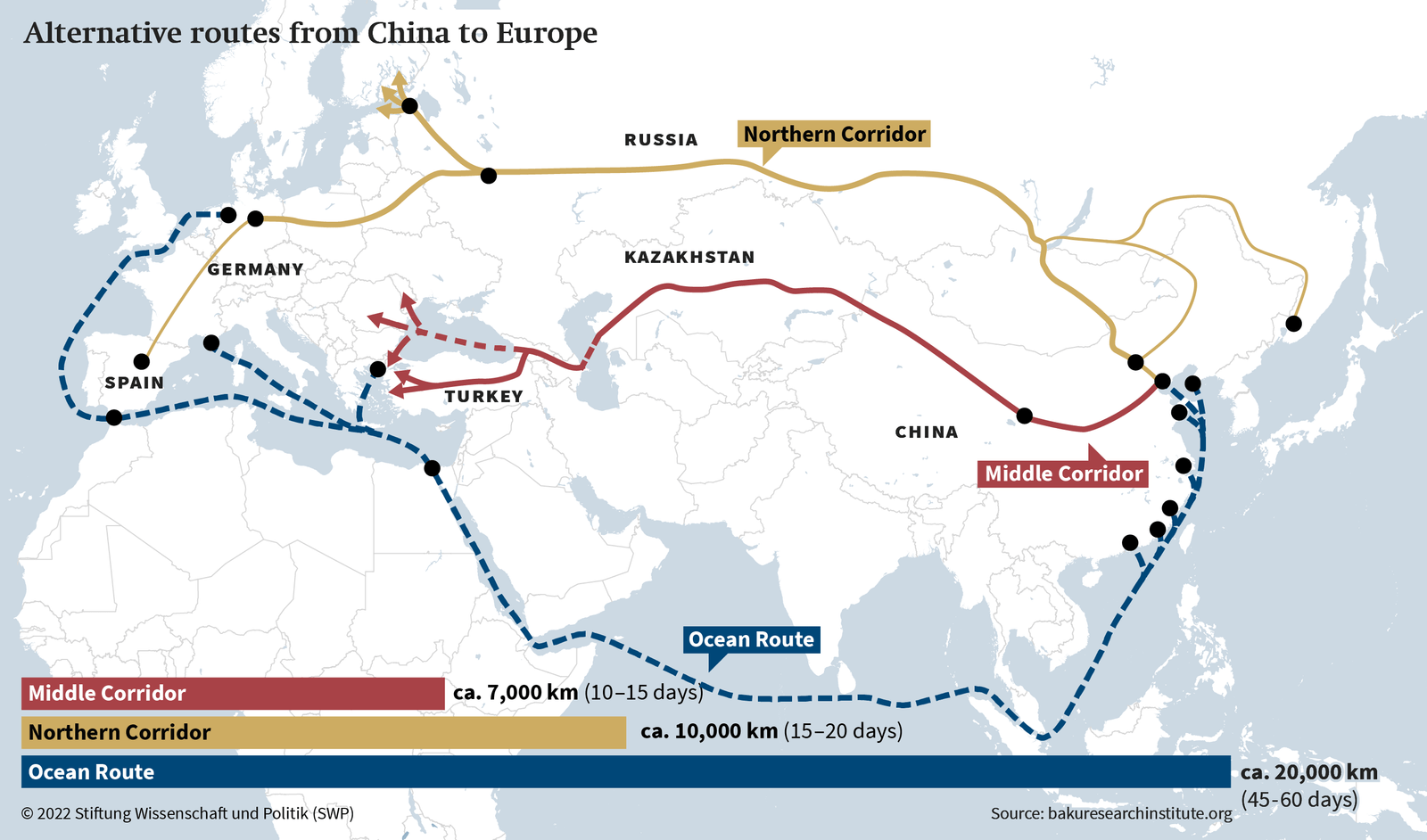
This is the age of strategic supply chains. The real confrontation is happening between railheads, ports, and pipelines. Between IMEC and the Belt and Road. Between a West trying to maintain its grip on the rules of global commerce, and an East determined to build alternatives.
And so, while missiles fall and statements are made, freight trains still depart from Xi’an. Containers are still unloaded in Chabahar. And blueprints are still being drafted — not in military bases, but in ministries of transport and global investment banks.
In a world that has become increasingly liquid — where economic interdependence often overrides political ideology, and where isolating a country through sanctions or trade disruption can inflict more damage than a military invasion — the nature of conflict is changing. Power is no longer asserted through occupation, but through obstruction.
It is within this context that we must ask whether today’s wars are shaped less by traditional rivalries, and more by the quiet, ongoing struggle to control the flow of value and the infrastructure that sustains it. What appears as ideological confrontation may, at its core, reflect the shifting logic of global influence — one where dominance is achieved not by conquering land, but by shaping the conditions under which others can grow, connect, or collapse.
This is not just a war over uranium. It’s a struggle over which routes will shape the world in the decades to come. Over which nations will serve as bridges — and which will be bypassed.
Beneath the statements, the soundbites, and the satellite images, the real stakes emerge — and they are written not in treaties, but in timetables. In a world where peace now depends on uninterrupted movement, and war is just a way to divert it, the future isn’t being decided at the UN — it’s being laid down… track by track.
Pasquale Portaro
__________________________________
References:
Figure 1: IMEC Corridor – from KAPSARC, “Figure 1. Map of the proposed India‑Middle‑East‑Europe Economic Corridor”; also featured on defencepk.com, kapsarc.org, and ajesh.ph.
Figure 2: China–Iran Rail Corridor – based on information and visuals from the South China Morning Post (SCMP) and Reddit discussions.
Figure 3: Alternative Routes from China to Europe – adapted from Stiftung Wissenschaft und Politik (SWP), based on data and visuals from bakuresearchinstitute.org, ©2022 SWP.


